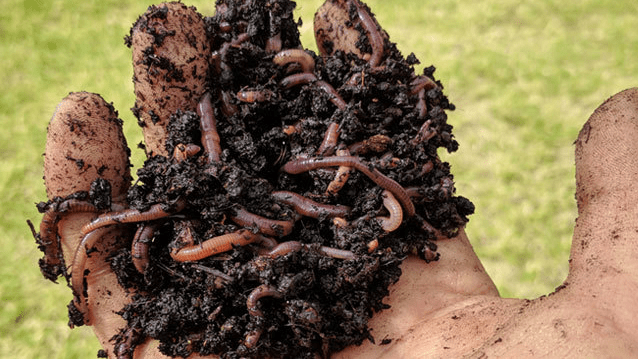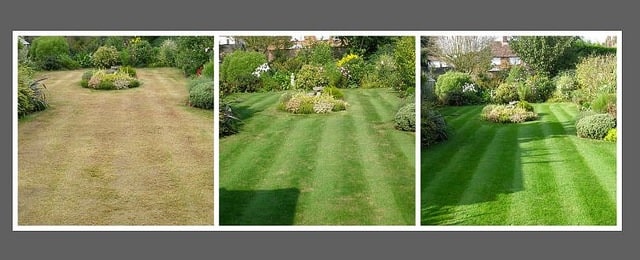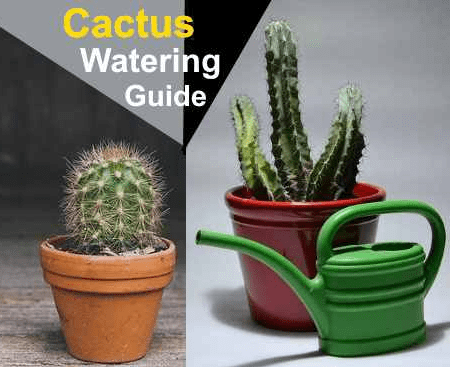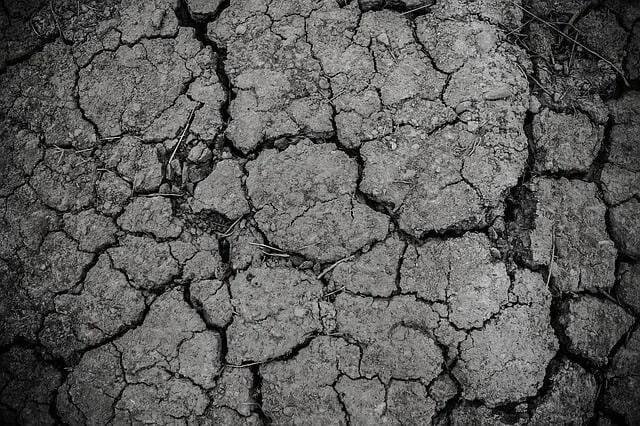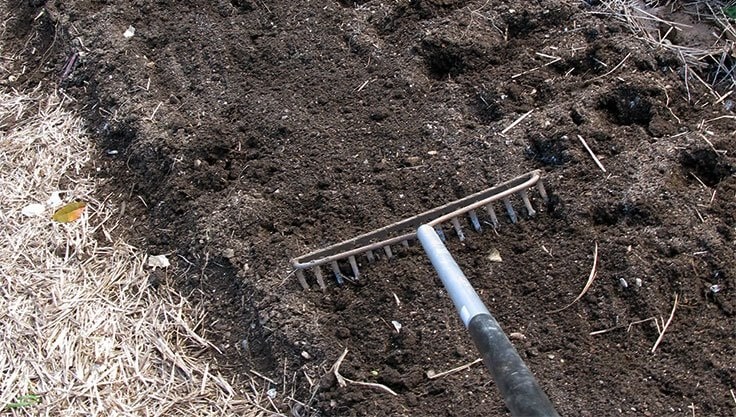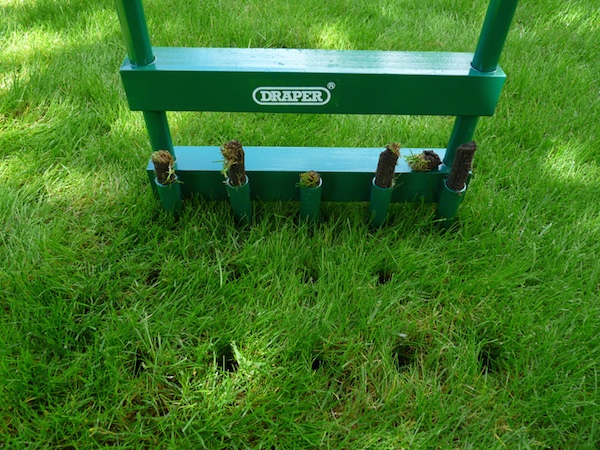
The Lawn Aerator is a tool/equipment well known to gardeners who are interested in the well-being of their lawn, or who may have encountered difficulties with it. Indeed, the lawn aerator can be used for regular, annual maintenance, as well as to correct the soil before seeding, or in case of problems (water retention, poor assimilation).
In any case, the lawn aerator is considered as one of the necessary equipment to maintain and obtain a quality lawn.
Contents
Why Use A Lawn Aerator ?
Grass needs 3 vital elements to grow: water, air, and nutrients. The goal of gardening is to put the plants (and the grass) in the best possible conditions so that they can develop in the best possible way, and thus be able to enjoy them. It is therefore necessary to regularly ensure that the lawn can benefit from the 3 vital elements.
The soil plays an essential role. The roots of the grass are implanted there to find stability, to develop, and to benefit from the contributions in water by infiltration, in nutritive elements which are deposited on the surface and are mixed with the ground, and in air.
However, the soil cannot always allow the circulation of these elements: this is the case of soils that are too clayey by nature, or soils that are compacted and packed.
The soil is constantly moving, and if your soil is sufficiently aerated at the time of sowing, rain, trampling and the passage of the lawnmower will crush the soil.
The soil becomes more and more compact until it is no longer conducive to the development of a quality lawn. Roots do not develop easily, water infiltrates with difficulty, air no longer circulates in the soil and nutrients are blocked.
This must be remedied or else the lawn will never blossom: the soil structure must be changed, the soil must be decompacted, or the lawn must be aerated. And this is exactly what the lawn aerator does.
How To Use A Lawn Aerator?
To aerate the lawn, it is best to work on slightly damp soil to facilitate the penetration of the spikes into the soil.
It is best to clean the lawn (leaves, branches) and mow it before aerating, in order to have easier access to the soil surface.
The lawn should be walked over evenly. A double pass may be necessary if the soil is very compact at the places of intense traffic and trampling.
2 types of spikes exist, solid spikes that drill holes, and hollow spikes that remove cores from the soil. The cores can be reused as topsoil or added to the compost.
Holes should be filled. With river sand (coarse and light sand as opposed to fine sand which will be too compact) if the soil is clayey and very heavy, or with an addition of compost or light and nutrient-rich potting soil. This addition can be enriched with seasonal lawn fertilizer.
To fill these holes and spread the amendment, a pass of the lawn rake is sufficient.
When To Use A Lawn Aerator?
Ideally, aeration should be done just before your lawn’s peak growing season so that it can quickly and easily fill the void left by aeration. Some lawns peak in the spring and fall, others only in the summer. Try to aerate your lawn 2 weeks before the right period.
Proper aeration should be done every 3 years. Unless your soil becomes abnormally compacted in less time.
You can also do a lighter aeration every year, in between the heavy aeration.
The Different Types Of Aerators
The manual lawn aerator (Lawn corer)
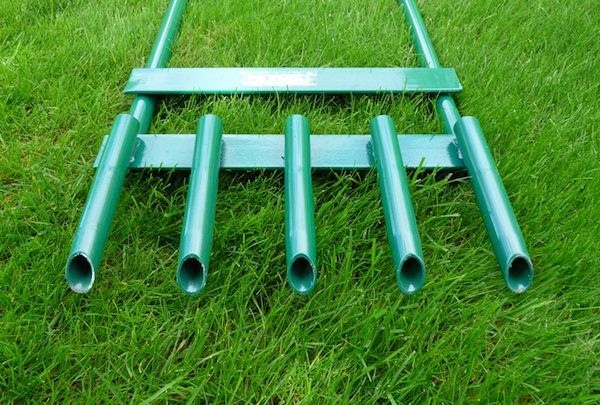
The best known and probably the most useful tool to aerate the lawn efficiently and simply. This manual aerator easily sinks into slightly damp soil and removes cores with its hollow spikes. The removed cores can be reused in the compost or mixed with potting soil for amendment.
The beaker fork (Biofork, Grelinette, Biobêche)

The beaker fork (Biofourche, Grelinette, Biobêche) is simple to use: manually, you drag it on the ground and push it into the lawn easily with your foot. It is equipped with solid spikes and does not remove cores. You can fill the small holes obtained (about 15cm deep) with soil.
The push aerator

The push aerator is composed of a roller with spikes and a handle to drive it. When rotating, the spikes dig into the soil and create small holes for a slight aeration of the lawn.
The aerator sole (aerator pad)
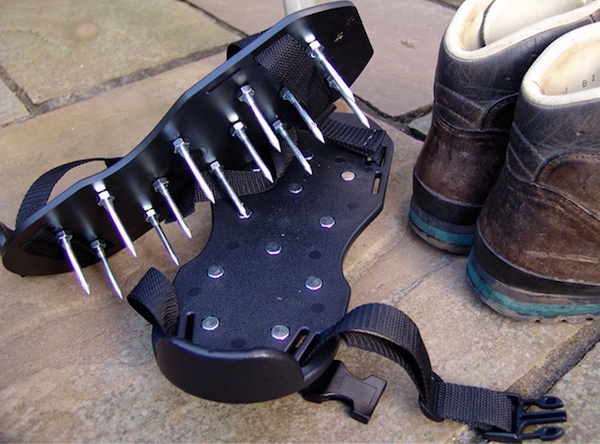
The aerator sole : practical and efficient
The most unusual method of aerating your lawn, and yet not the least practical or effective. Spiked soles, or spiked pads, are attached to the bottom of your shoe and allow you to aerate your lawn by simply walking on them. The aeration is not deep, but this technique allows for additional aeration that can be done regularly.
The aerator roller
The aerator roller is a garden roller with spikes. It can be driven like a classic lawn roller and, depending on its weight, it can be used to dig deep into the soil.
Spike rings are available on the market, so you can equip your lawn roller with them yourself.
Motorized aerators
Motorized aerators allow you to core a large area without effort. Their spikes are also attached to a rotating cylinder. The depth of coring is usually variable. Some do not core but are equipped with spiked rollers.
SUMMARY OF THE USE OF THE LAWN AERATOR
You must aerate to decompact the soil. Soil that is too compact prevents the proper assimilation of nutrients by the lawn.
The ideal is to aerate the lawn a few weeks before its optimal growth period.
A large aeration should be done every 3 years.
Smaller aeration can be done in between.
You can fill in the holes with a light soil that will help the grass to grow again.
It is necessary to pay attention and to aerate more often or more intensely the places which undergo many passages
All aerators do not ventilate in the same way, you must choose according to the need and frequency of use




